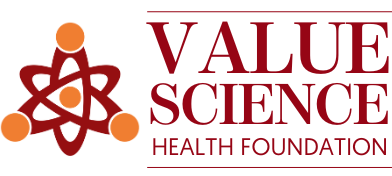Introduction
The concept of value-based drug pricing has become a focal point in the U.S. healthcare industry and is setting the way for a transformative shift in drug pricing. This approach aims to align drug prices with their health and economic value. The United States, which accounts for 43% of global pharmaceutical sales, is at the forefront of this change. The implications of this shift extend beyond U.S. borders, influencing global healthcare innovation and market dynamics.
The Impact on Global Innovation
Historically, the U.S. has relied on market-based pricing to drive pharmaceutical innovation. This model is now evolving, with health technology assessments (HTAs) playing a crucial role in evaluating the worth of new medicines. The primary objective is to prevent overpayment for drugs while ensuring that innovation is not hindered. Striking this balance is essential for sustaining global drug development and availability.
The Need for Value-Based Drug Pricing
Evaluating prescription drugs based on both clinical and economic factors is crucial. This ensures that pharmaceutical prices reflect their true value to society. When drug prices exceed their value, healthcare systems overpay for treatments. Conversely, pricing below value can hinder innovation by reducing incentives for research and development (R&D). Therefore, linking drug prices to their value is essential. However, market dynamics will inevitably influence prices over a product’s lifecycle.
The Global Importance of U.S. Drug Pricing
HTA and value-based pricing have been adopted by many countries. However, evaluating drug value from an economic perspective is vital. This approach considers not only the direct health benefits to patients but also the broader economic and social impacts. In the U.S. a quality-adjusted life year (QALY) is valued at a higher threshold than the UK’s National Institute for Health and Care Excellence (NICE), reflecting a more comprehensive view. However, only a small percentage of cost-effectiveness studies currently adopt this broad perspective.
Quantifying Treatment Value from a Societal Perspective
A societal approach to valuing new drugs and health technologies is necessary. Traditional cost-effectiveness analyses (CEAs) also have some limitations. They could potentially fail to quantify disease severity, product lifecycle dynamics, and broader societal impacts. For example, the cost of a new drug might be overstated if its price is assumed to remain constant over time. More importantly, broader societal benefits, such as improved productivity or reduced caregiver burden, should be considered.
Advancing Towards a Societal Value Framework
To fully embrace a societal value framework, several dimensions must be considered. These include disease severity, drug lifecycle dynamics, and broader impacts beyond patient health. By incorporating these factors, policymakers can more accurately determine the true value of new treatments and allocate resources effectively. This approach ensures that the most beneficial treatments receive the support they need.
The Future of Value-Based Pricing
Looking ahead, the U.S. must continue refining its approach to value-based pricing. This involves integrating advanced methodologies to capture the full spectrum of a drug’s impact. Ensuring dynamic efficiency, where today’s resource allocation supports future innovation, is key to sustaining progress in healthcare. By comprehensively evaluating treatment costs and benefits, policymakers can better allocate resources to maximise societal impact.




